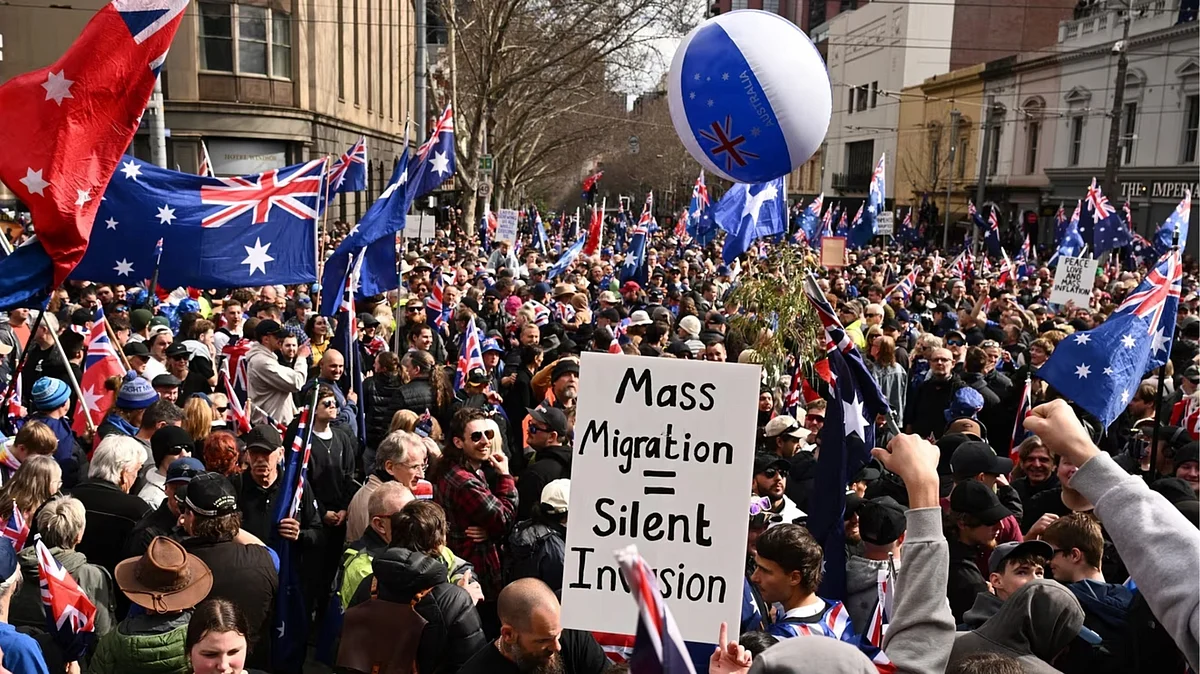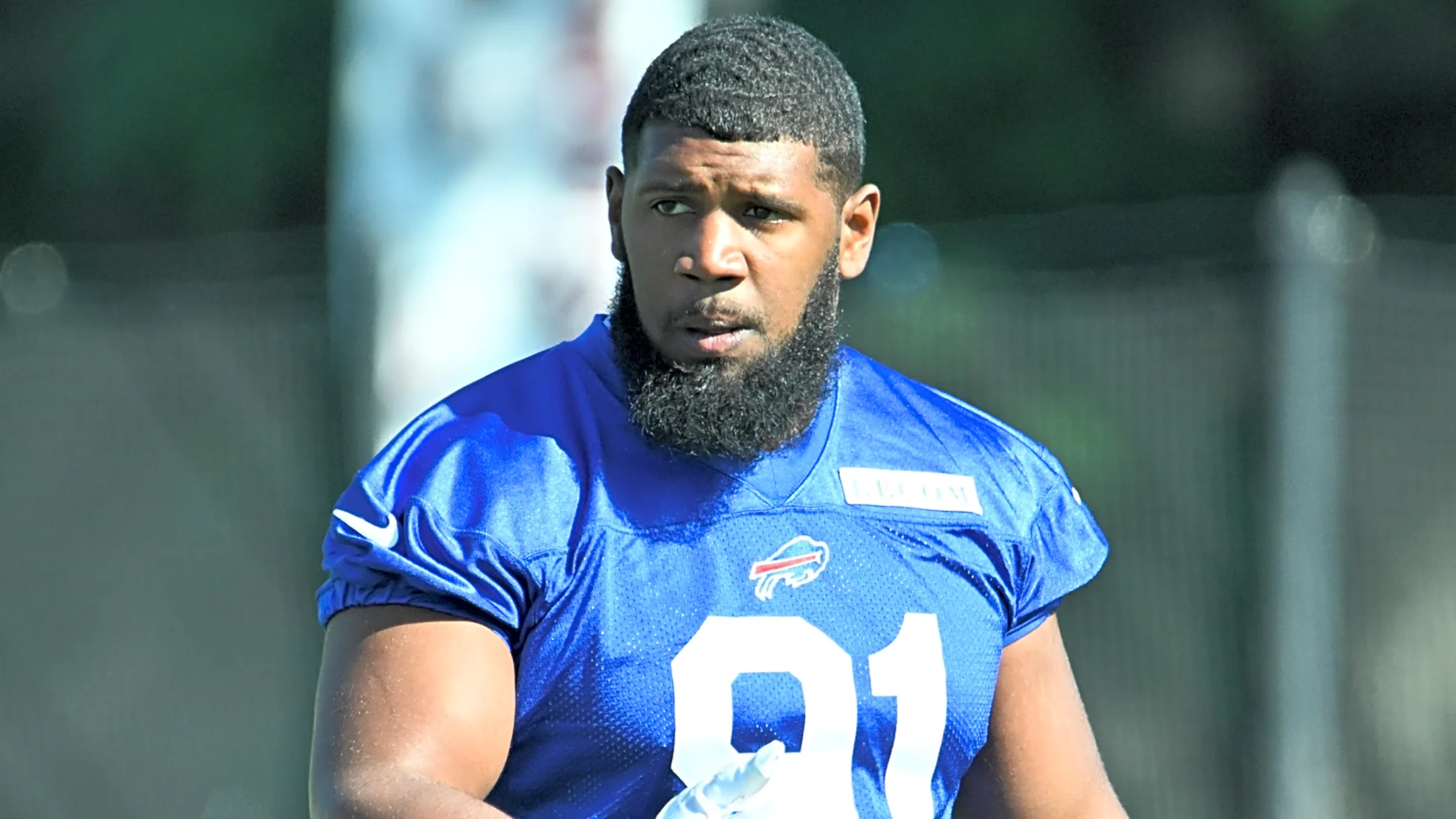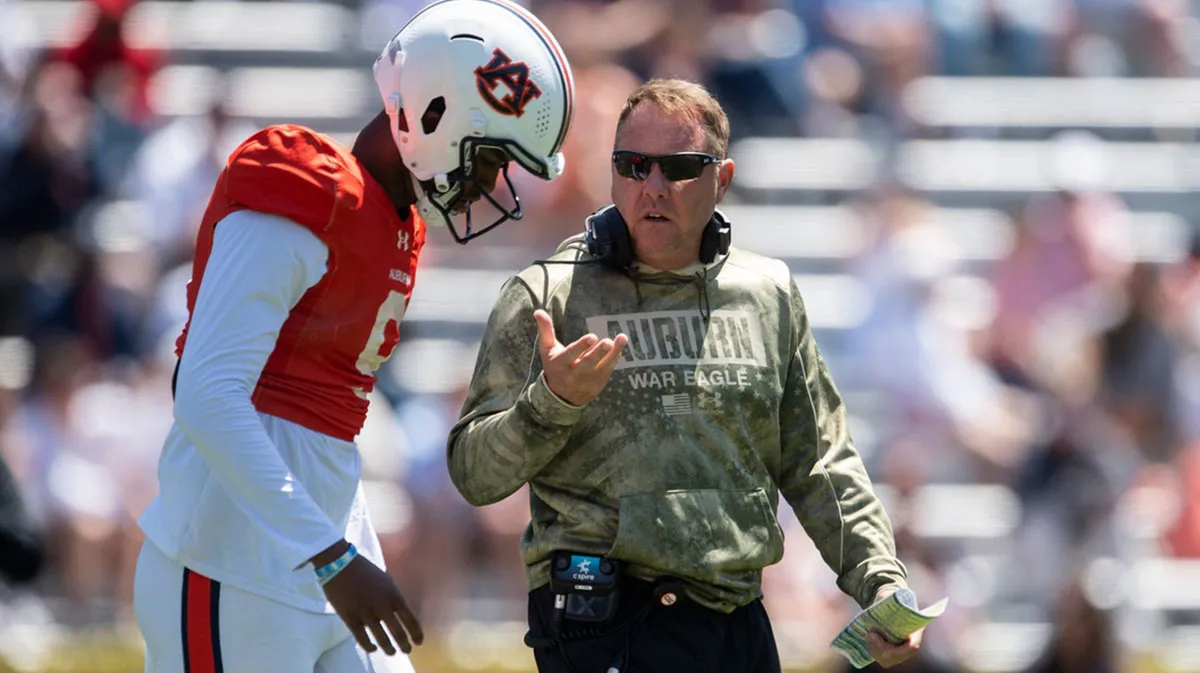By Rajni Luthra
Copyright thequint

“Unfortunately, there’s a lot of misinformation going on in terms of the migration numbers and the idea that there’s mass migration occurring in Australia—which is simply untrue,” Riona Moodley, a refugee lawyer who moved to Australia as a young child, told this writer’s Sydney-based local media company Indian Link. “It has been rather disheartening for me to see this sort of rhetoric being used again in Australia. It is incredibly divisive,” she added.It was just under a fortnight ago that Australia’s Indian community came into mainstream focus. In a provocative claim on national TV, Opposition MP Jacinta Price, a member of the upper house in Parliament, the Senate, alleged that Indian migrants are brought to Australia by the ruling Australian Labor Party (ALP) in exchange for votes. Called out immediately, she was quick to retract, but quicker to refuse an apology—claiming she had nothing to be sorry for, citing poll results from the past. For eight days, she remained in the headlines, defiant in her refusal to appease Australia’s influential Indian community.Alongside her in the news were Indian-origin Australians, speaking out against being reduced to a votebank, defending their place in the national story. Her remarks had landed at a particularly sensitive moment. Anti-immigration rallies in Australia’s major cities had already laid bare a rising hostility, with anti-Indian sentiment surfacing prominently. Against this backdrop, her comments only deepened the sense of unease.The ‘Jacintagate’ episode came to a head when she was removed from her Liberal Party’s front bench—a demotion that stopped short of expulsion but underscored the political cost of inflaming divisions.Unite the Kingdom or Divide the Nation? Far-Right Protests Test UK’s IdentitySince then, the damage control in Australia has been swifter from the ruling ALP than from Jacinta’s own party. Government-convened roundtables and words of reassurance spoken on the floor of state and national parliaments have helped the Indian community feel acknowledged and included.Prime Minister Anthony Albanese reaffirmed the government’s commitment to multiculturalism and social cohesion, stating that all Australians, regardless of heritage, have the right to feel safe and welcome in their community. Immigration Minister Tony Burke said this week of the Indian community, “We are lucky they have chosen us”. The Federal opposition leader Sussan Ley, in a video message, praised the Indian Australian community, highlighting their hard work, family values, and significant contributions to various sectors, including education, business, science, and the arts.The Premier of New South Wales (NSW), Chris Minns, described the community as “one of the most successful, patriotic and community-minded groups in our nation”, while his counterpart the NSW Opposition Leader Mark Speakman called the Indian diaspora a “blessing”.’Overseas Friends of BJP’ Founder Sentenced to 40 Years for 5 Rapes in AustraliaThe rush to wrap their arms around the local Indian community notwithstanding, for over one million Indian Australians, this has been a complex and challenging time.Anger against migration has been building for some time. Post-COVID, large numbers of migrants, particularly from India, have arrived in Australia. Pre-COVID, annual migration averaged around 240,000, but during the pandemic it fell to 80,000 as more Australians returned home. By 2023-24, numbers had surged to 446,000.Government delays in housing and infrastructure development have contributed to a booming property market and growing wealth inequality, leaving many Australians feeling excluded from homeownership. Migrants are being blamed for these challenges, fueling nationwide anti-immigration protests, driven by cultural misunderstandings and racism.Amidst the alarming rhetoric, it remains forgotten that modern Australia has been built on migration.Since European settlement in 1788, migrants have shaped the nation, bringing skills, cultures, and ideas that built cities, roads, schools, and industries. Post-World War II migration programmes welcomed millions from Europe, Asia, and the Middle East, transforming Australia into a thriving, multicultural society.Today, around 30 percent of Australians are either born overseas or have a parent who was, highlighting migration’s ongoing role in shaping communities. Beyond economic contributions, migrants have enriched Australia culturally—introducing new foods, festivals, art, and traditions that have become part of the national fabric.Indian migration to Australia has grown rapidly in recent decades, making Indian Australians one of the fastest-growing migrant communities. While early arrivals were limited, skilled migration programs, education opportunities, and economic ties have driven a sharp increase since the 2000s.Constituting around 3 percent of the population, Indian Australians are the second-highest tax-paying migrant community after the British, with 64-68 percent holding qualifications beyond a Bachelor’s degree, and earning well above the national median. Collectively, they generate around $46 billion in income and contribute $10-12 billion in tax each year—more than 3 percent of the government’s total income tax revenue. Indian international students alone add a further $8.5 billion to the economy, including $1.3 billion in taxes. Their impact is measured in billions, not millions. Equally vital is their role in the workforce: 25-30 percent in IT, 15-18 percent in healthcare and social assistance, 10-13 percent in engineering and construction, and 8-10 percent in education.Indian Australians—indeed any other kind of hyphenated Australians—are no threat; they are valuable to Australia’s economy, and its social and cultural life.But that’s not how it feels on the street. Reports of verbal and physical abuse—spitting, really?—have surged in recent days. Those at the coalface—rideshare drivers, food-delivery operators, corner-store workers—are bearing the brunt. And now, second-generation kids who grew up here are beginning to speak openly about the high levels of low-level racism they endured at school and on the sports field.Moodley, the refugee lawyer, added:“My kids, aged 8 and 11, were born here. Australia is the only home they know, and the only one they ever will. They’re watching the news, and asking why people who look like them are being spoken about this way. There is no reason they should be made to feel lesser because of their appearance. That’s why rhetoric suggesting that anyone from outside Europe is somehow inferior, is so deeply problematic.”Her views are echoed by Namita Gupta, a dentist and a med-tech entrepreneur.“It’s deeply concerning, as a second generation Indian Australian who straddles two worlds but deeply identifies as Australian and contributes to society. Senator Price’s comments are very hurtful and simplify quite a complex issue. It’s also confronting to see your particular subgroup of people being targeted in such a way. If we were to stop working, what would that look like in terms of the Australian economy continuing?””We’ve seen this in Australian politics time and time again—whether it was the White Australia policy or the targeting of the migrants that came from Europe, then the Asian Australians, and now it seems like it’s the turn of the Indian. There’s always a scapegoat in politics, but given the deepening India-Australia economic ties as well, it’s pretty disappointing,” she adds.Crucially, in this time of crisis, the empowerment for the Indian-Australian community has come directly from within. Indian Link has furnished evidence to debunk Jacinta’s claim that 85 percent of Indian-origin Australians consistently vote for the ALP. Indian Link’s pre-poll surveys from the past three Federal elections make it clear: 85 percent is more than a stretch; in fact, it’s a laughable claim.Other than the most recent election—in which the ALP won by a landslide—community support has been divided across the board, even neck and neck between the two leading parties on more than one occasion. Added to this, is the emergence of election candidates from a variety of political parties—yes, even smaller platforms like Animal Justice Party and strongly right-wing parties like Australia’s Voice and One Nation Party.To suggest that Indian migrants were “brought in” by Labor purely to manipulate votes questions both their legitimacy and Australia’s democratic integrity. It’s casting suspicions on a whole community, and undermining trust in national institutions.We’ve built ourselves up as an attractive votebank not just because we live in marginal seats, but because we’re politically astute—regardless of what Jacinta Price might believe. Our Indian heritage comes from one of the world’s strongest democratic traditions, where debate and engagement are everyday habits. When we migrate here, we bring with us the instinct to weigh competing views and interrogate facts. Our votes are shaped therefore not by inherited allegiances, but by the realities before us—cost of living, education, healthcare, security—making our political vision firmly national.As such, we are but reflecting the new integrative realities of modern Australia—a truth the wider nation will, we hope, come to fully recognise.’Fractured Face, Eggs Thrown…’: Indians Horrified By Racist Attacks in IrelandHope comes also from next-gen Indian-Australians, as a new generation finds its voice. A recent discussion at Indian Link saw a select group of second-gens calling forNuanced, evidence-based debates that address structural problems without scapegoating communities.Actively listening to anti-immigration protesters to see what the issues underlying their protest are.Learning to “disagree better”.Remembering the human stories behind migration, so as not to demonise identity.Their views reiterate that at its heart, migration is tolerance and acceptance: a recognition that difference can enrich us, and that our shared future is stronger when built together.Because migration is not just part of Australia’s story—it is Australia’s story.(Rajni Luthra is the editor of the Australia-based Indian Link newspaper. This is an opinion piece. The views expressed above are the author’s own. The Quint neither endorses nor is responsible for them.)



